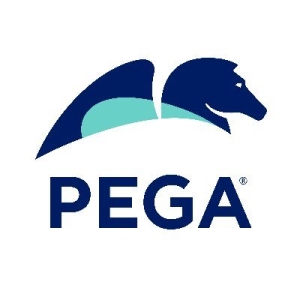I use Pega CRM, customer service, Pega Constellation, the framework, like, the Pega underwriting for insurance and all.
Pega CRM is used for multiple clients, primarily in customer service. When calls come in through applications, it can be through different channels or an omnichannel. Whether it's email, calls, or chat, Pega handles all these channels. Additionally, there could be an IVR system that authenticates or identifies customers before launching service requests. These service requests are essentially different tasks that can be performed on a customer's account or profile.
Within the CRM, we can implement various predictive or adaptive analytics models that provide information helpful for customer service representatives during their discussions. This is the basic customer service use case for Pega CRM.
Pega also has a sales automation component that manages lead generation, campaign management, and conversion of leads into opportunities.
Additionally, it offers beautiful dashboards with beautiful reports and a customer 360 view, providing a comprehensive framework.
From the analytics perspective, Pega processes a lot of information through predictive and adaptive models. These models generate outputs that are sent to other systems as input for further processing. While this is not directly related to customer service, it's another Pega capability. However, most commonly, Pega CRM is used for customer service-related functionalities.
Pega CRM has been instrumental in automation and streamlining the sales and customer service processes.
Because Pega is a low-code platform, many tasks are configurable, eliminating the need for custom coding from scratch. This allows for faster implementation – up to ten times faster.
Many functionalities are readily available for drag-and-drop configuration. For example, sending an email to a customer requires simply dragging and dropping the "email" shape.
Similarly, Pega can listen to emails sent to various accounts. It can then process them, decide which user should handle the request, and route them accordingly.
This intelligent routing, including email listening, can be configured in just five minutes. Pega can identify the email header, and body, and send the body to an intelligent model for further processing and output generation.
This low-code approach allows for way faster configuration compared to traditional methods like writing Java code or defining models.
The capabilities for customer engagement depend on how the Pega projects are implemented. In many places, the best practices are not followed. There's a tendency to over-customize and not leverage Pega's built-in features.
If the implementation considers this and involves good quality business analysis to determine what to implement, what to avoid, and where to optimize processes, then the end-user experience is definitely optimized.
For example, let's say a customer is calling, and the call is received on a larger application. Pega goes through the customer's history, including their last few calls, geography, and any data stored in the Pega system of record.
Based on this data, Pega suggests why this customer might be calling.
Additionally, if other customers with similar past interactions have called in the past year, Pega suggests what this customer is most likely to say and do based on those interactions. Based on this information, Pega offers suggestions and prompts that the customer service representative can use to ask the right questions.
Similarly, let's say a customer is reaching out on chat, and the chatbot is responding. In between the calls, the customer wants to switch to a call because the chatbot or even the re-chat with a real person isn't helpful.
So, when the customer calls, Pega picks up the conversation from where it was left on the chat channel and continues on the call channel. This ensures the customer doesn't feel like they have to go through repetitive tasks and that the company or the customer's representative truly understands their needs. This provides a more positive experience for the customer.
So, these key features, like suggesting why a customer might be calling, picking up conversations from chat, etc., those are likely the drivers for improved customer satisfaction and retention.
Overall, CRM improved operational efficiency.





